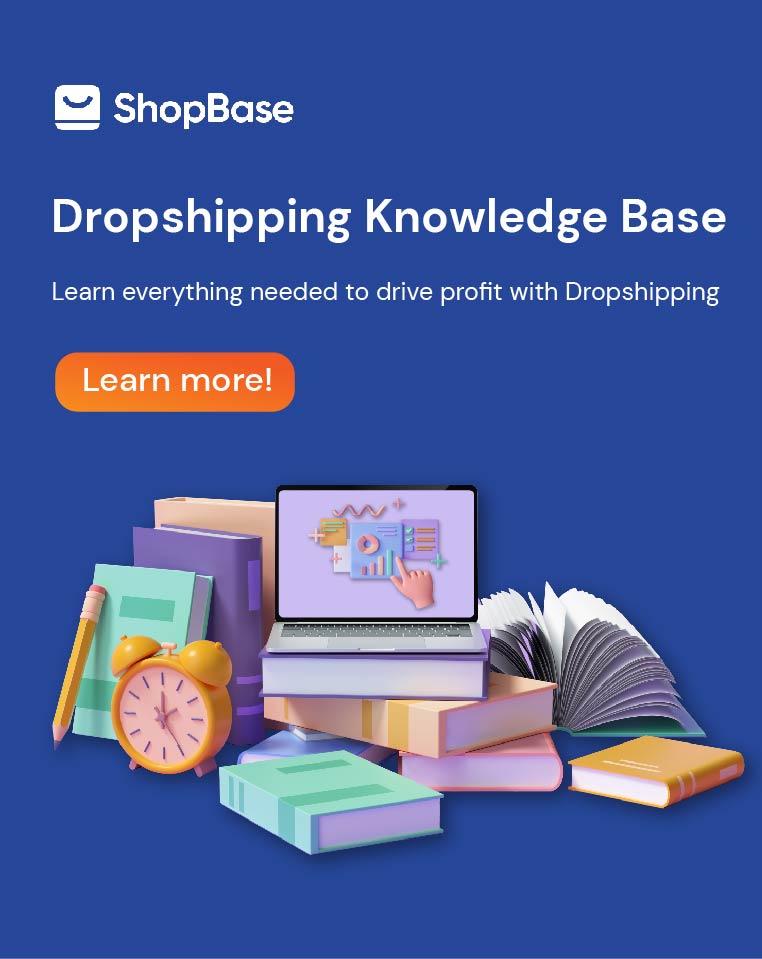You might be thinking of opening a print on demand online store of your own. So let’s discover what is print on demand actually.
Print on demand (POD) is a type of business in which clothes, drink wares are not printed until the sellers receive orders from customers. This enables sellers to create and sell their own design before production on a per-order basis
With print on demand, it is unnecessary to build inventory or pay for the product before you actually sell it. Moreover, the supplier can manage everything that is related to printing and shipping.
Menu:
1. When should you use print-on-demand services?
- Print on demand is ideal when you want to test a new business idea or a new product line. It eliminates the risk of building inventory.
- Print on demand is worth a shot to try if you want to make extra money from being a Youtuber, Influencer, or Designer. It helps you to focus on creating print on demand artworks and content for your products instead of production and order fulfillment.
- It is a good idea when offering specially customized products for a specific niche of customers, for example, gamers or movie lovers.
- You want to offer your customers unique customized products as a gift
2. The pros and cons of print on demand
Print on demand can be applied to build a business based on a dropshipping model. It is easy to start, however, you need to thoroughly understand both its good and bad sides to efficiently implement this model.
Pros
- Quickly create a new product: When a new design pop up on your mind, it can immediately show on your website for selling purpose.
- Free your hand from shipping: the whole process of order fulfillment is handled by your supplier.
- Low risk and investment: since you do not keep any real inventory, it is less stressful for a new starter and easier to try any fresh idea.
Cons
- Low-profit margins: producing items per order basis means the cost is higher than buying in bulk.
- Do not have much authority on shipping.
- Limited customization.





